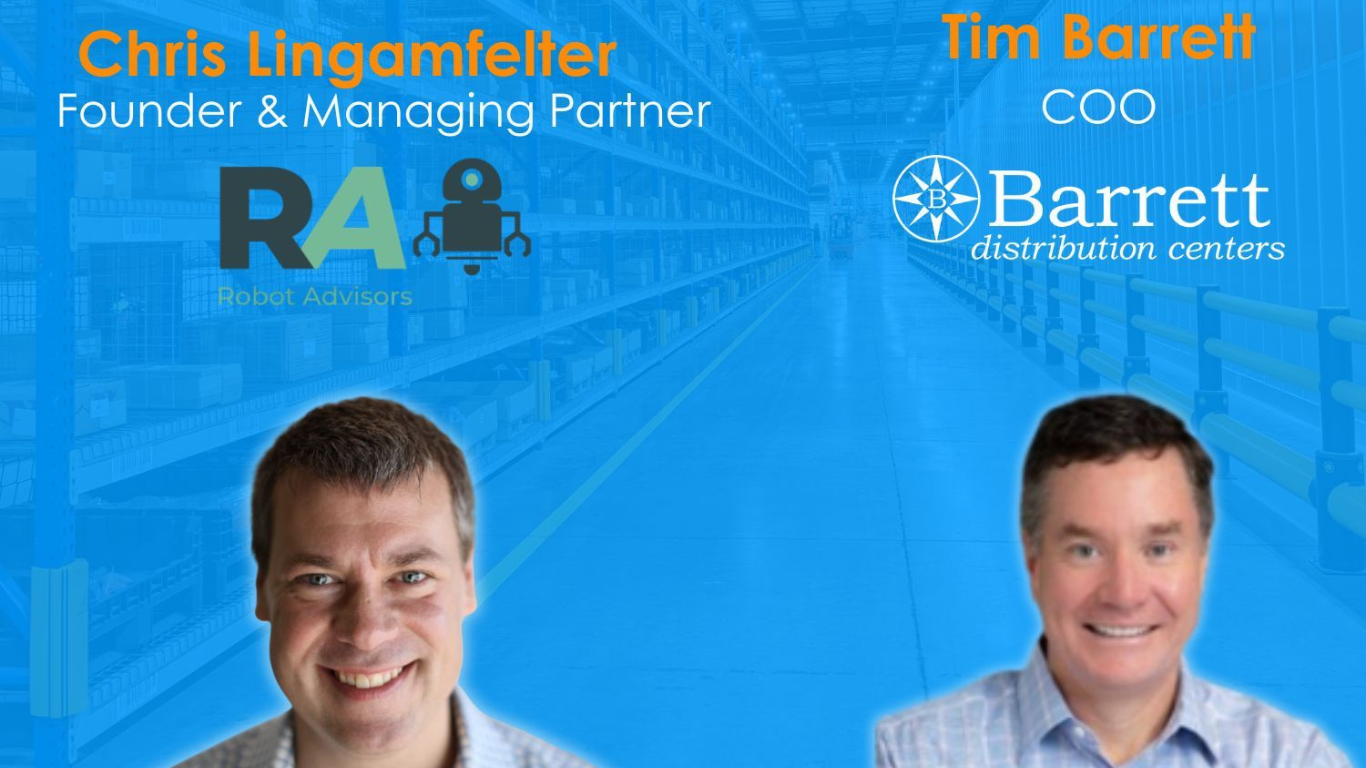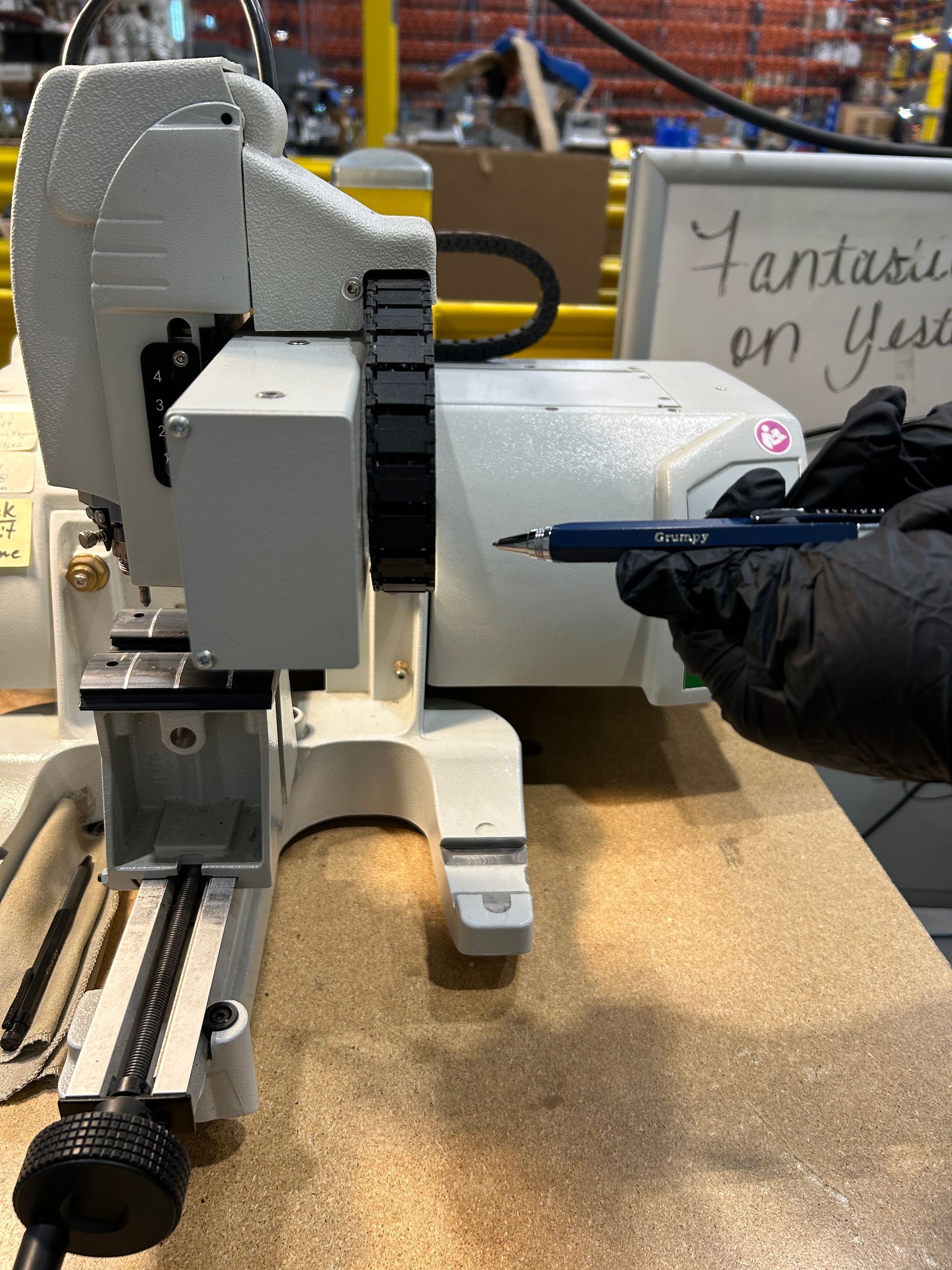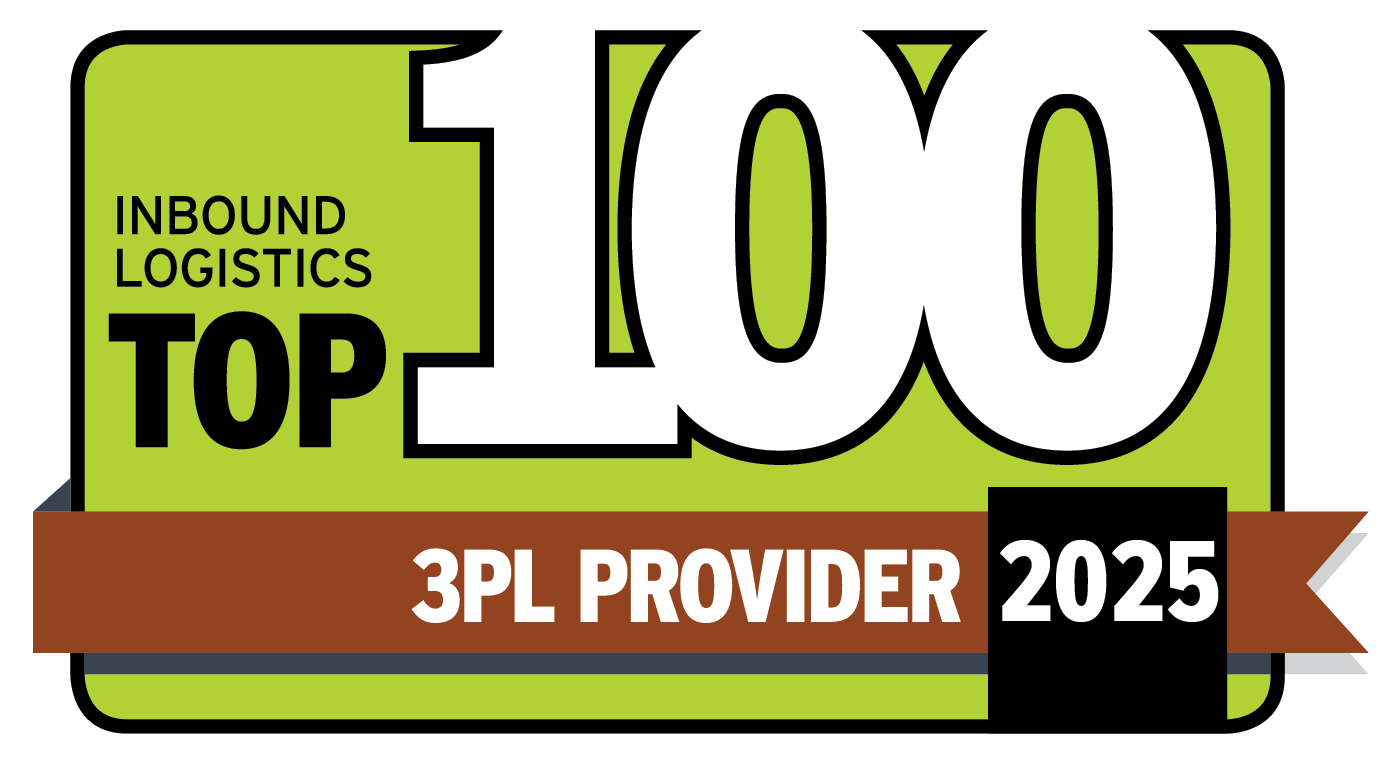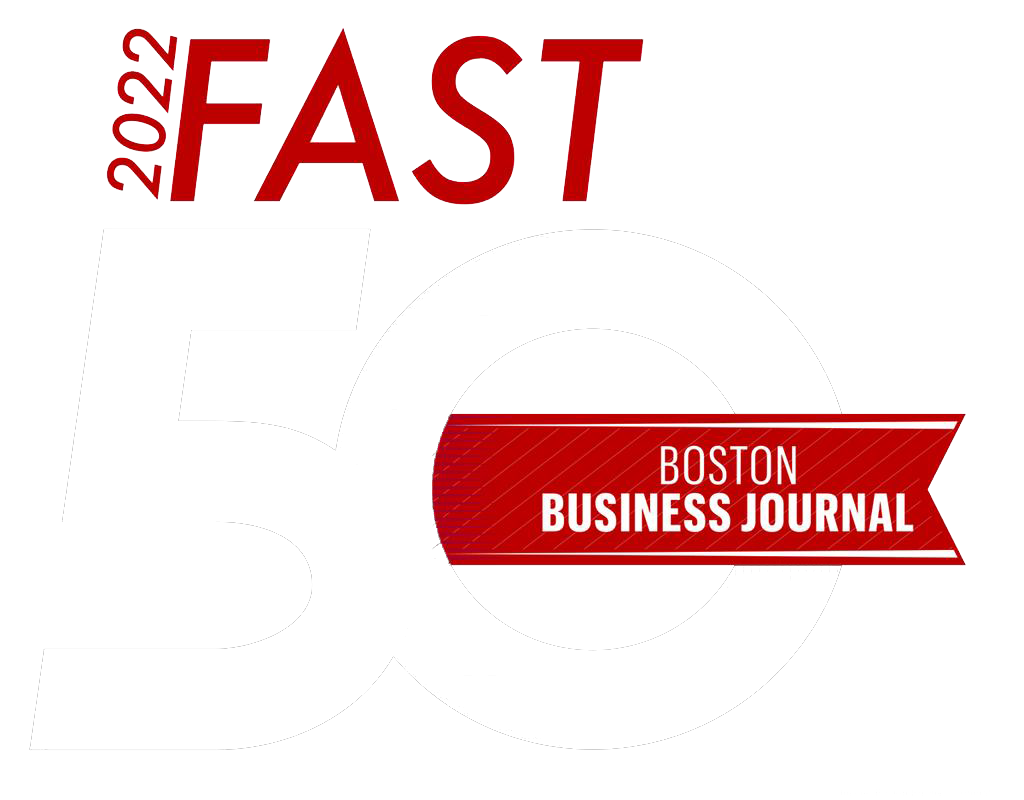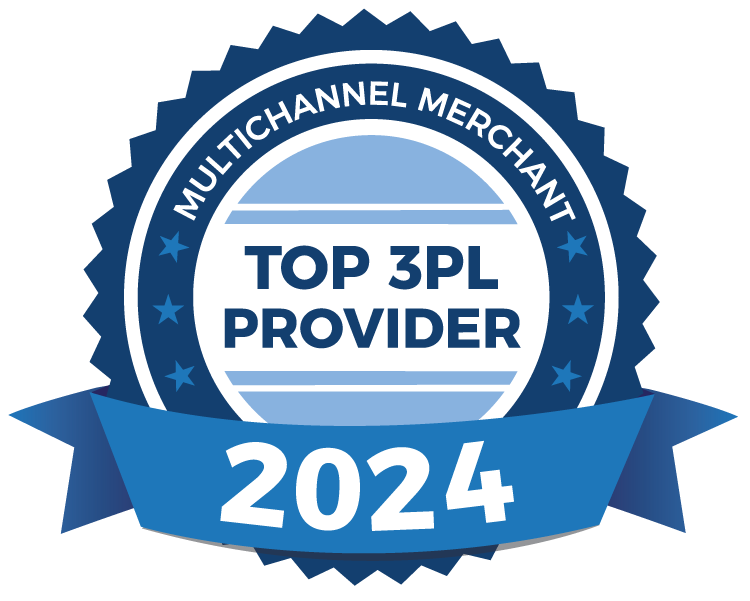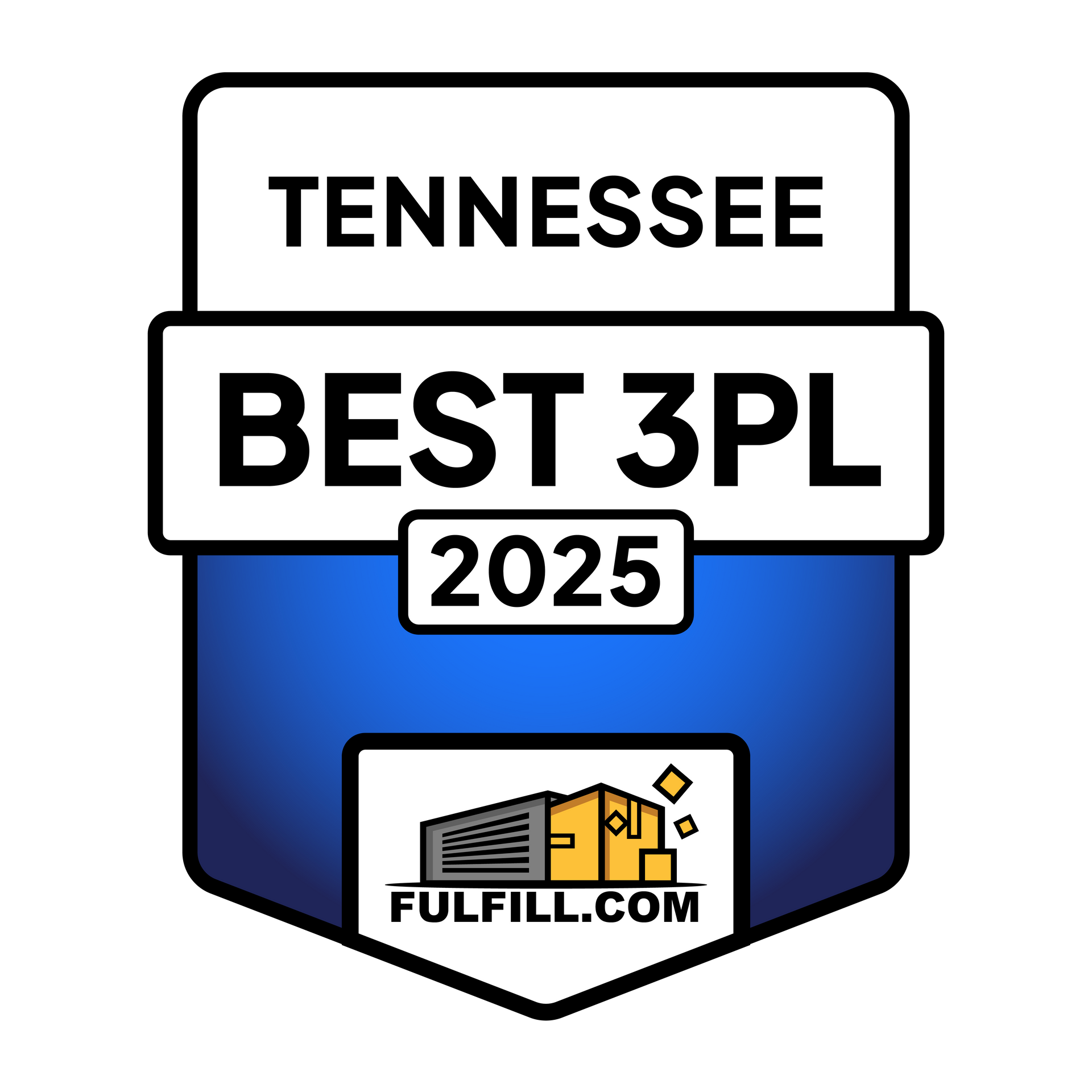5 Online Shopping Facts: Leveraging 3PL for Support
It is undeniable that the way consumers are selecting and purchasing products is evolving. In order to satisfy these new demands, keep your brand relevant and continue to advance your business, the way you operate needs to evolve as well. Online shopping from home and mobile devices has drastically changed the expectations of consumers. Not only are younger demographics fitting this trend, but your traditional buyers are moving in this direction also. According to iacquire.com, the 45-64 demographic makes up 40.4% of online shoppers. The importance of how your business handles these changes and embraces an omni-channel operation has never been higher. As technology continues to expand in its capabilities, the conventional methods of fulfillment and logistics are proving increasingly out dated. The specialization required to address these changes can be both expensive and difficult to implement within your organization. Leveraging the services of an experienced, capable third party logistics provider (3PL) can allow you the resources to stay ahead of the curve. Below are 5 facts about on-line shoppers that put this growing element of business into perspective.
- The largest share of online revenue generated in 2012 was from retail shopping websites which totaled $186.2 billion. This number is projected to increase to $361.9 billion by 2016 (E-Commerce-Statista Dossier 2013). With such a substantial increase in the size of this market expected, utilizing a 3PL can position your business to capitalize on this rapidly growing segment.
- 42% of consumers chose to find a better price online as their reason for purchasing after shopping in a store (RIS/Cognizant). Price points are becoming a bigger consideration for shoppers. Streamlining fulfillment operations and reducing costs can create a competitive advantage with lower prices.
- The number of U.S. digital shoppers is expected to grow from 137 million in 2010 to 175 million by 2016 (eMarketer). This growing consumer base will also have higher demands as far as fulfillment and delivery options. Your ability to deliver product when and where they desire can create significant new opportunities.
- Half of shoppers say that tracking services for online purchases are essential (comScore). Customers today are avoiding stores and ordering remotely for convenience. A part of that convenience is being able to maintain visibility of their purchase and expect it on a certain date. A 3PL cannot only provide this tracking service, but ensure its accuracy.
- 74% of online shoppers cite having a variety of shipping options available as a key to overall satisfaction (comScore). Does your organization currently have the capability to offer a variety of shipping options? And are these options affordable for the consumer while making sense for your bottom line? The efficiencies and expertise afforded by a 3PL can create a wider variety of shipping methods while also making fiscal sense on both ends of the transaction.
All of these statistics point to a growing variable that cannot be ignored. With the number of existing customers, potential customers, competitors and dollars expanding, you need to be able to position your business to compete. The resources and efficiencies available from a 3PL partner can be specifically geared to face these new challenges and opportunities.
At Barrett Distribution Centers, we work with our clients to create the best supply chain plan for their business. We embrace visibility and technology to generate ROI and a higher level of service.
Recent Blog Posts
